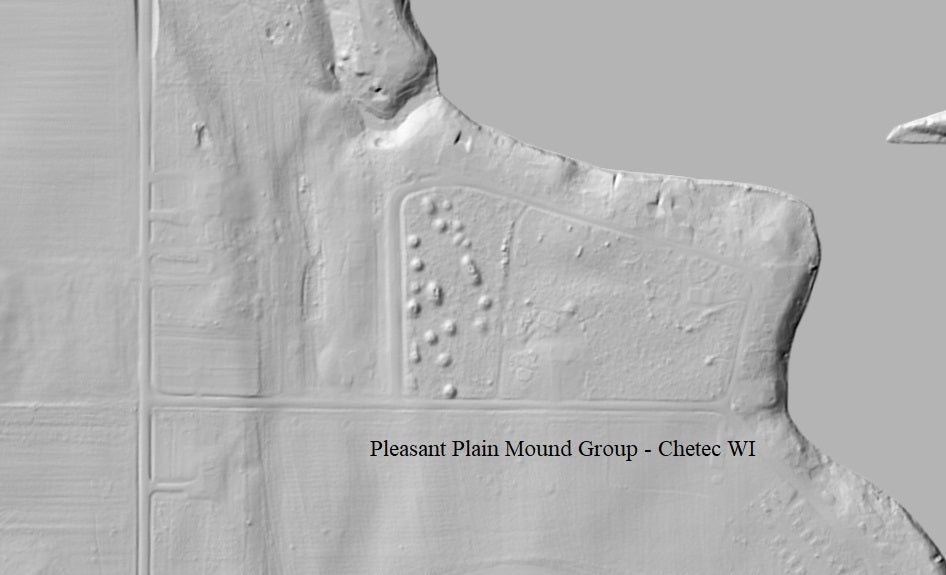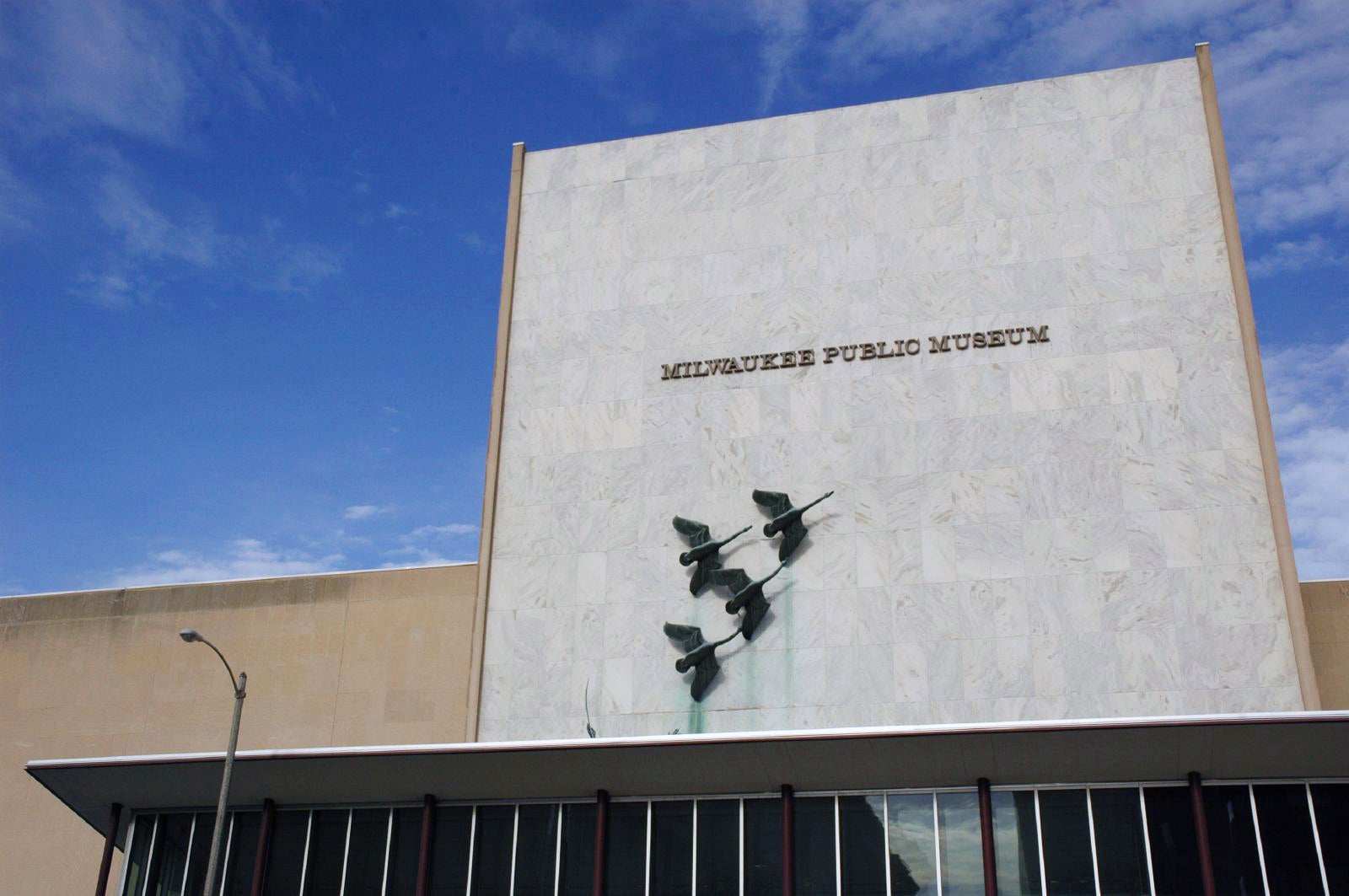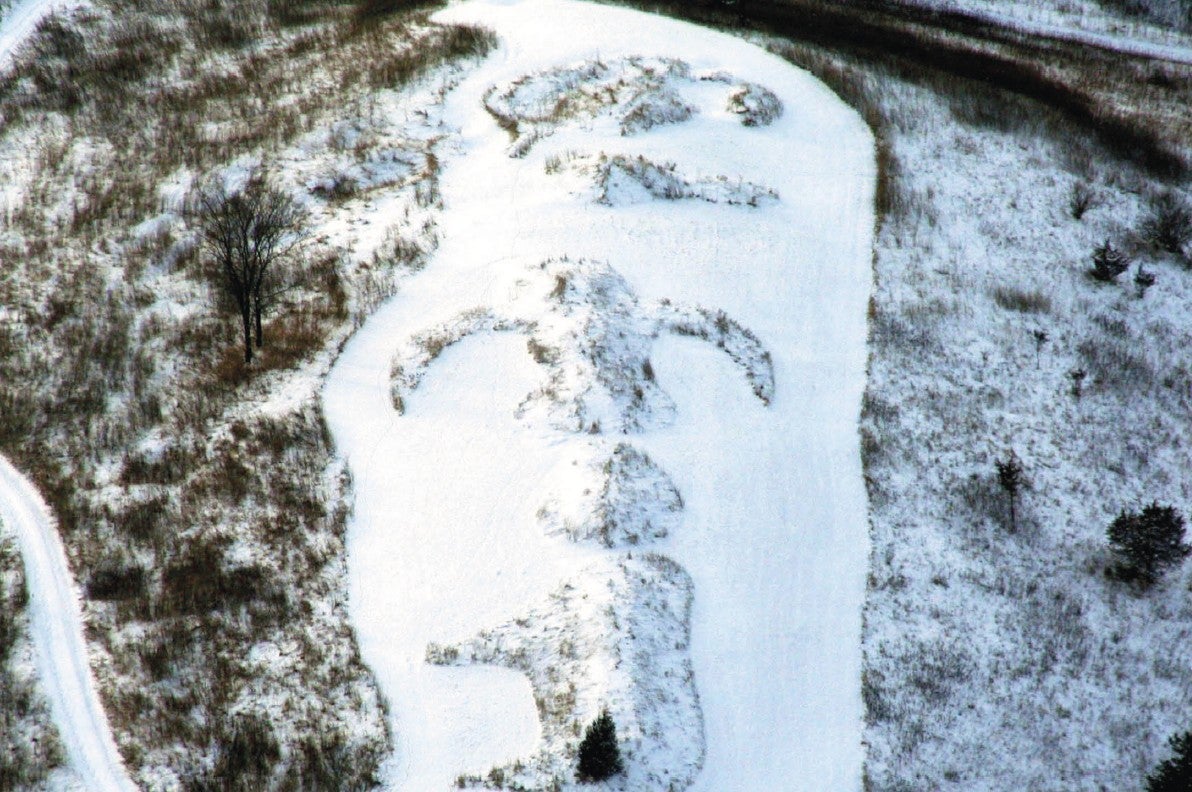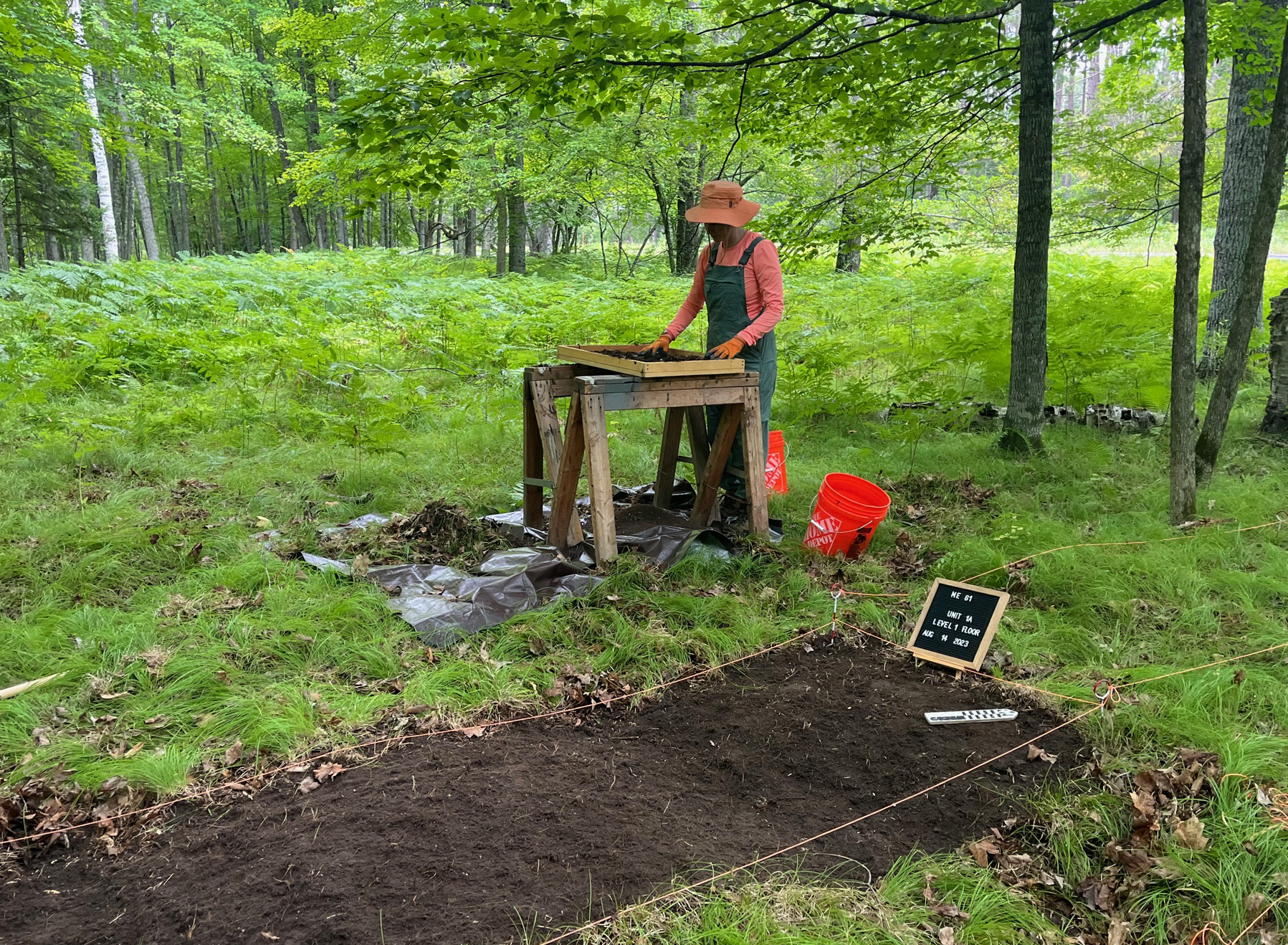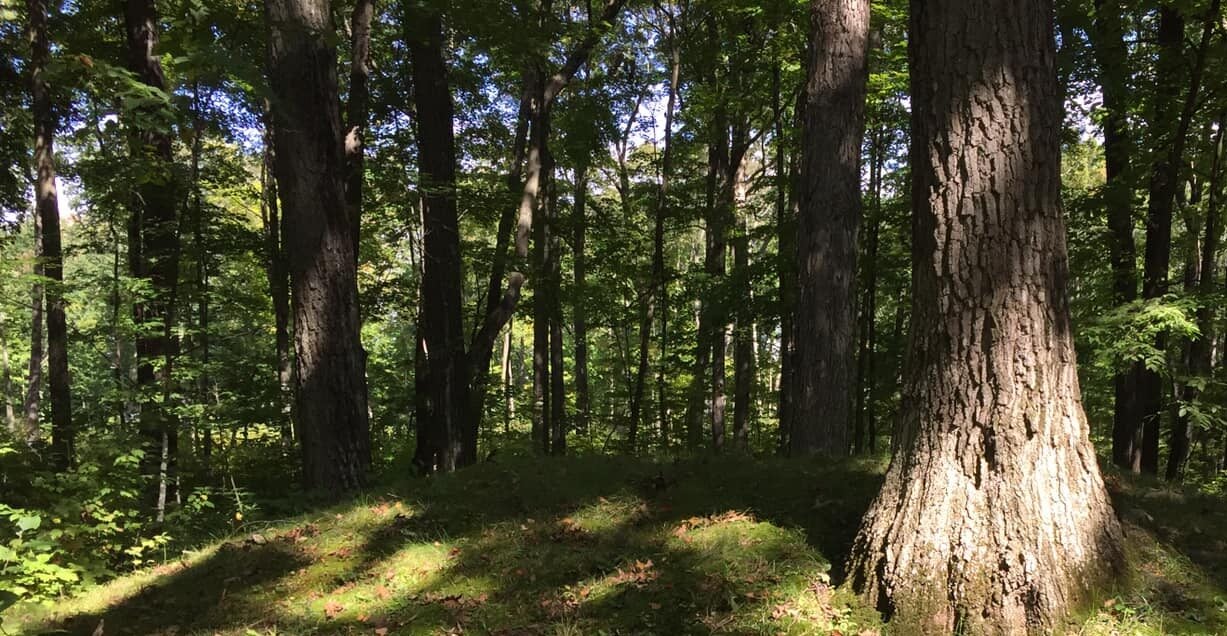In an effort to preserve 25 Native American burial mounds, Barron County will partner with a statewide volunteer group later this year. It’s one of the latest efforts to protect thousands of burial mounds and effigy sites across Wisconsin.
On the shores of Prairie Lake just north of the city of Chetek, a small patch of woods is surrounded by homes and farm fields. Located within this county-owned property are 25 mounds ranging from about 20 to 50 feet in diameter.
While these Indigenous burial sites have been protected by state law since the 1980s, surrounding vegetation has crept in and blanketed the area with trees and brush.
News with a little more humanity
WPR’s “Wisconsin Today” newsletter keeps you connected to the state you love without feeling overwhelmed. No paywall. No agenda. No corporate filter.
Barron County has owned what is called the “Pleasant Plain Group” of mounds since the 1970s. Now, the county’s Soil and Water Conservation Department is enlisting the help of Kurt Sampson of the Effigy Mounds Initiative to clear the burial sites of invasive shrubs like buckthorn and honeysuckle later this year.
“They want to clean this mound site up,” Sampson said. “We’re volunteering a fairly sizable crew to come up there and do most of the work for free, but I have been told that the county is going to provide a wood chipper for us to use and a couple of county forestry workers to be there to help.”
Sampson said most of the cleanup work will happen in the winter because the frozen ground allows volunteers to cut down trees growing from the mounds without damaging them.
“And the other part of it is, if you go into these types of wooded areas in the summer you just get eaten alive by bugs and stuff,” Sampson said. “And nobody wants that.”
Sampson said the “Pleasant Plain Group” is part of more than 4,000 effigy and burial mounds across Wisconsin.
He said it’s impossible to know which tribes built the round and oval shaped mounds near Chetek, but Native peoples are thought to have been building burial mounds in Wisconsin as early as 500 AD and as late as 1600 AD.
“So, it’s virtually impossible to pin a mound group or a singular mound to a particular tribal entity, so to speak,” Sampson said. “I mean, all we can really safely say is that these mounds were built by ancestors of the current Native American people that are here.”
An excerpt from “The Wisconsin Archeologist” dated Oct. 8, 1917, noted nearly all of the mounds in the “Pleasant Plain Group” “have been rifled by relic hunters.”
“Deep and ugly holes have been dug into their tops and sides and no effort has been made by the diggers to again return the earth thrown out in the course of their destructive operations,” the article said.
Sampson said he’s visited the mounds a number of times and the scars are still visible.
“There’s a number of pit holes in the tops of them, and that’ll be something that they’ll (Barron County) need to consider once we get the site cleaned up, if they’re going to fill those holes in and try to restore the the top surface of the mound from the relic hunting that occurred in the past,” Sampson said.
Relic hunting within burial and effigy mounds in Wisconsin was common from the mid-1880s through the 1960s, Sampson said, because there weren’t any laws in place to protect the sacred sites. In 1985, former Republican Gov. Tommy Thompson signed a bill offering protection for burial sites throughout the state.
Wisconsin Public Radio, © Copyright 2025, Board of Regents of the University of Wisconsin System and Wisconsin Educational Communications Board.

